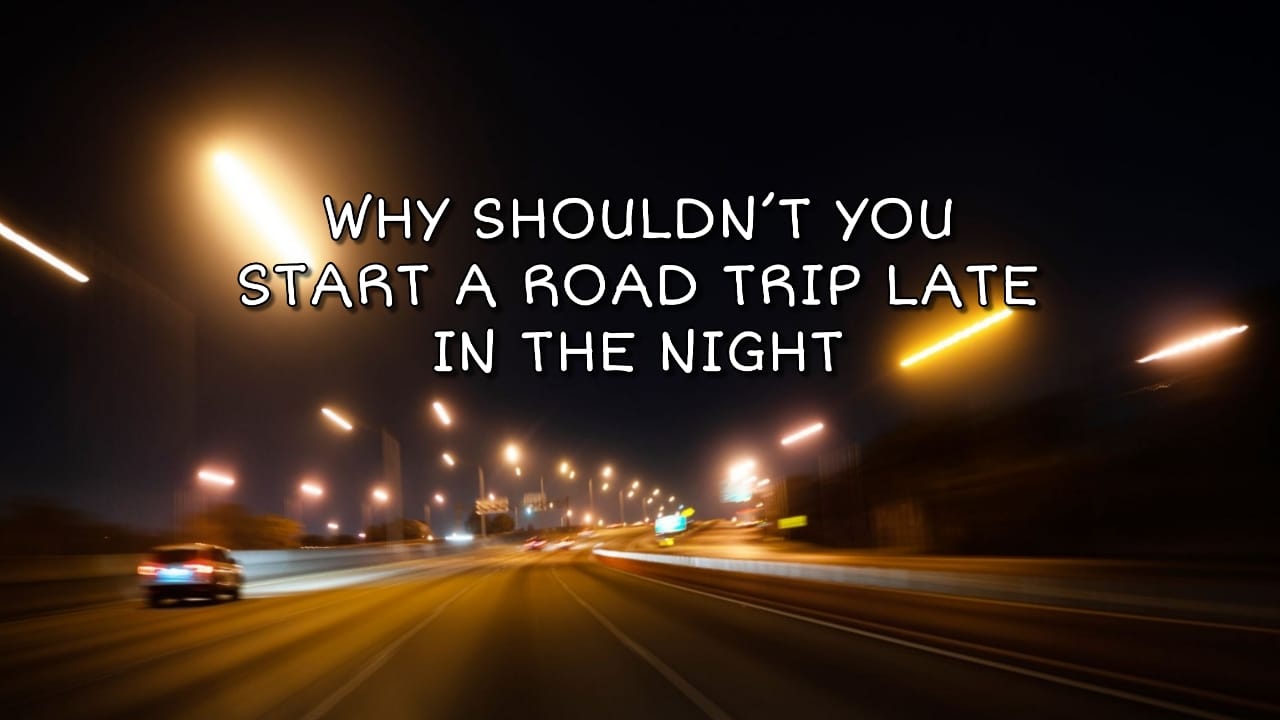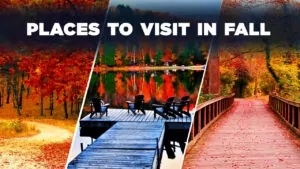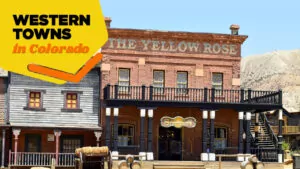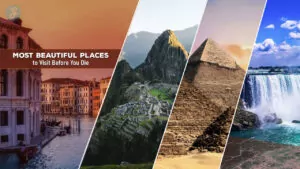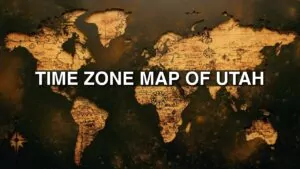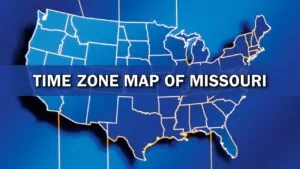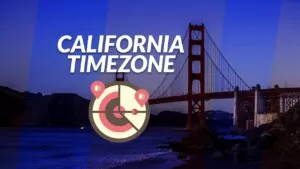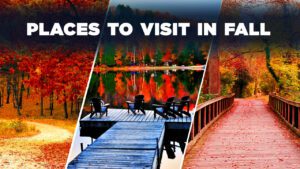Heading out on a road trip late at night might seem like a smart move. You think you’re beating the traffic, right? But here’s the twist – it could be setting you up for some unnecessary risks.
Here’s a chilling fact: over 6,400 U.S. deaths each year are due to drowsy driving, according to the National Sleep Foundation.
Our article peels back the curtain on why kicking off your journey under the moon isn’t as cool as it sounds. From wrestling with fatigue to squinting through limited visibility, we’ve got all bases covered.
We’ll even throw in savvy tips for planning a safer trip that doesn’t sacrifice fun for safety. Ready to rethink hitting those highways at witching hours? Keep reading!
Risks of Starting a Road Trip Late at Night
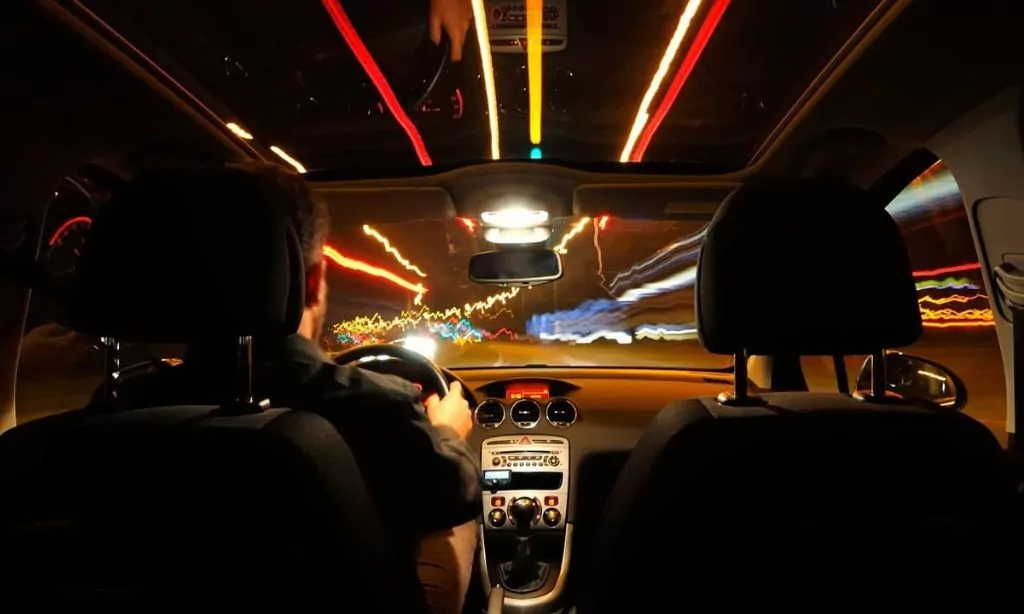
Imagine hitting the road when the world is sleeping, only to find your own eyelids betraying you. Darkness wraps around like a blanket, but instead of sweet dreams, it brings unseen risks lurking at every turn.
Increased danger of drowsy driving
Drowsy driving turns the thrill of a late-night road trip into a risky gamble. Your body screams for sleep, but there you are, pushing the pedal—ignoring your circadian rhythm that begs for rest.
This battle against biology can lead to scary moments; reaction times slow to a crawl, and attention wavers like a flickering street light. The National Sleep Foundation throws in a chilling fact: over 6,400 U.S deaths each year are drowsy-driving’s grim tally.
It’s not just about feeling tired—it’s about how that fatigue cripples your ability to react, transforming your car from a getaway vehicle into a potential danger.
Picture this: headlights become hypnotic dances rather than signals of oncoming traffic, taillights blend with the night until they’re almost invisible, and those ever-important brake lights? They might as well be part of an elaborate dream sequence where you’re always slightly too late to react.
Drowsiness makes blind spots grow larger and distractions more appealing—maybe because anything seems more interesting than the endless road ahead. Without adequate rest stops or power naps planned during travel—or better yet, starting off fresh in daylight—the risk isn’t just theoretical; it could very well turn your adventure upside-down before it truly begins.
Limited visibility at night
Driving at night turns the world into a shadowy realm where your headlights are your only guide. The darkness eats up the edges of the road, making it hard to see what’s ahead. Street signs become harder to read, and those sneaky deer? They love to make surprise appearances in your headlights, turning a calm drive into heart-pounding action—no special effects needed.
Limited visibility isn’t just about not seeing well; it’s about everything hiding in the shadows—like that pothole you don’t see until it’s too late or a sharp turn that seems to come out of nowhere.
Sure, high beams can help, but they’re not always enough to cut through the dense curtain of night. Darkness dramatically increases your chances of missing exits or mistaking one route for another because landmarks and road signs blend into the background like camouflage.
Suddenly, you’re not just driving; you’re on an unexpected adventure—but maybe not the fun kind.
Reduced availability of services like gas stations and repair shops
Imagine hitting the road, excitement bubbling, tunes cranking up. But then—oops! Your car decides it’s time for a hiccup or, worse, flat-out refuses to go any further. Nighttime has fallen; you’re in the middle of nowhere and surprise, surprise – finding a gas station or repair shop is now an epic quest worthy of a movie plot.
Because guess what? Many of these essential services pack up and close early. You’re left scratching your head, wishing you’d considered this little fact before.
Every turn seems like a scene from one of those movies where everything that can go wrong does go wrong. Minor issues suddenly morph into full-blown dramas under the cloak of night.
That ‘check engine’ light you’ve been ignoring? It picks now to throw a tantrum knowing full well there’s no knight-in-shining-amour (aka 24-hour mechanic) coming to rescue you anytime soon.
And let’s not even start on the search for fuel.. It becomes a real-life treasure hunt but without the fun part because every closed sign feels like another blow to your adventure-loving spirit.
Higher chances of encountering unsafe areas
Driving late at night might seem like an adventure—until you roll into a neighborhood that gives even your GPS pause. The streets are quieter, the shadows longer, and suddenly, every horror movie ever seems to be on rerun in your brain.
It’s not just about getting lost; it’s about where you might end up when you do. Unfamiliar areas become mazes of potential wrong turns, and without the sun’s guidance, finding a safe path feels more like guessing.
Encountering unsafe areas isn’t a thrill—it’s a risk. Without the comfort of daylight and bustling activity, these zones can challenge your sense of security and well-being. Think twice before letting the excitement of an impromptu nighttime journey cloud judgment.
Remembering traffic safety becomes crucial as deserted roads make it easier to overlook stop signs or speed limits in a rush to leave discomfort behind. Night amplifies danger—not just from sleepy drivers but also from those who take advantage of the anonymity provided by darkness.
Impact of Fatigue on the Overall Trip Experience
Fatigue turns your road trip into a blur, where every mile feels like a marathon and each sight seems less “wow” and more “whatever.” Keep reading for tips to keep the adventure alive and kicking.
Impairs driving abilities
Driving while drowsy might as well be driving with your eyes half-closed. Your ability to make quick decisions goes out the window, just like that last sip of coffee you hoped would keep you awake.
Reacting to a sudden red light or an unexpected move from another driver becomes a game of slow-motion catch-up. It’s kind of like trying to play video games on laggy internet – everything’s delayed, and it’s frustratingly hard to stay in control.
Accidents sneak up quicker than a hiccup when you’re fatigued. Imagine this: one minute, you’re cruising down the road thinking about your cozy bed; the next, hello traffic collision! It’s not just about having slower reflexes; being tired messes with your judgment too.
Deciding whether it’s safe to pass that slow-moving vehicle ahead? That common sense seems to take a nap when driver fatigue takes the wheel. Plus, seat belts and airbags can only do so much if your reaction times are competing with a sloth’s speed record.
Diminished reaction times
Fatigue sneaks up like a thief in the night, swiping away precious reaction times before you even know it’s happening. Imagine this: one moment, you’re cruising down the highway, confident in your driving skills; the next, your eyes blink shut for just a tad too long.
Bam! The median becomes an unwelcome surprise guest in your journey. Diminished reaction times turn simple maneuvers into potential hazards. Navigating through traffic lights, making split-second decisions at railroad crossings, or even avoiding unexpected obstacles on the road transform into monumental tasks.
Your brain on tiredness? Not exactly firing on all cylinders. Reaction speeds drag their feet, turning what would be easy dodges and swift lane changes during the day into sluggish guesses and near misses under moonlight.
Factor in impaired drivers sharing the road—those ignoring traffic laws or possibly under the influence—and suddenly nighttime driving feels more like an obstacle course designed by Murphy’s Law itself than a peaceful journey towards adventure.
Increased risk of accidents
Driving at night isn’t just a test of your love for late-night radio hits—it’s a gamble with safety. Statistics aren’t shy about it; they scream that the rate of fatal crashes skyrockets three times higher when the sun clocks out.
Imagine cruising down a road, relying on fog lights to spot a deer—or worse, another motorist who thinks red lights are mere suggestions.
Nighttime brings more than just darkness; it welcomes fatigue and reduced visibility into the driver’s seat—literally. Your reaction time slumps as if it’s been hit by an excessive caffeine crash without the actual coffee to blame.
Also, let’s not forget those charming individuals who believe driving after a few beverages enhances their skills—an encounter you’d most likely want to avoid but becomes likelier under moonlit skies.
And there you are, navigating through this with nothing but hope and dim tail lights guiding the way—not exactly the adventure one packs an emergency kit for, right?.
Reduced appreciation of scenery and experiences along the way
Imagine speeding through the dark with only your headlights for company. You miss the grand mountains, hidden waterfalls, and quaint roadside cafes that make road trips memorable. Nighttime doesn’t do justice to nature’s art gallery or those quirky little towns with stories etched in every corner.
Every turn might hide a stunning vista, but under the cloak of night, it’s just another bend in the road. Those unique roadside attractions? Invisible. The sunrise over a serene lake? Overslept because you were driving all night trying not to nod off at the wheel—an ironic twist where trying to gain time makes you lose experiences instead.
Tips for Safe Road Trip Planning
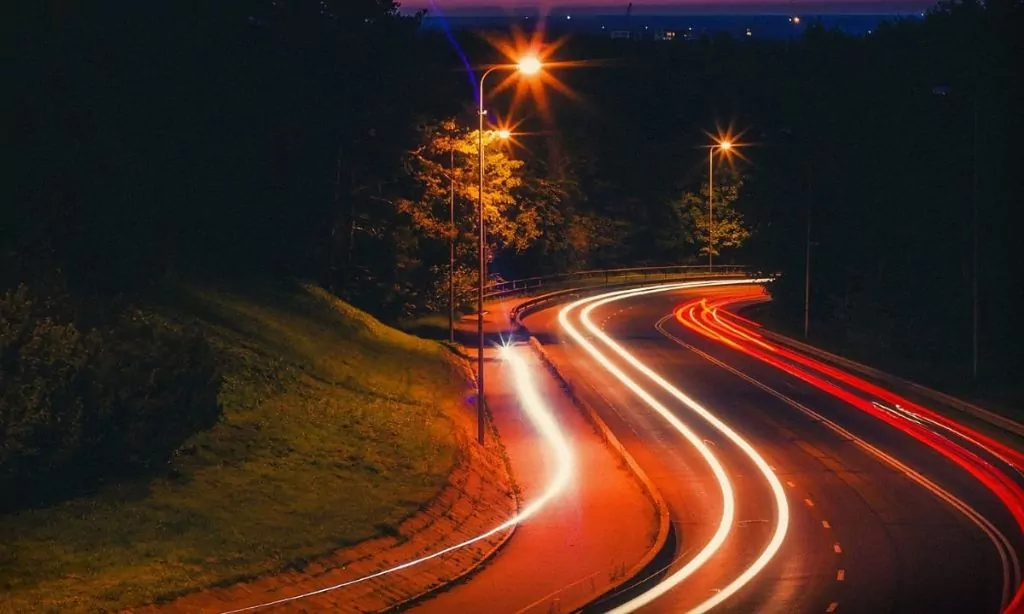
Ever dreamt of hitting the road with nothing but the horizon ahead? Well, buckle up—safely! Before you transform that dream into reality, a little bit of planning can make all the difference.
Yes, we’re talking maps spread on the hood of your car and pinpointing every diner you’ll hit along the way. But hey, it’s not just about marking pit stops and scenic views. Ensuring your ride is as sturdy as your spirit for adventure matters too—because who wants to deal with a breakdown in Nowheresville? So grab that checklist; let’s make this journey memorable for all the right reasons!
Start early in the morning for better visibility and alertness
Waking up with the sun might not be everyone’s cup of tea, but trust me, it’s a game-changer for road trips. Kicking off your journey as daylight breaks gifts you with crystal-clear visibility.
No squinting at dimly lit roads or guessing if that shadow is a motorcycle or a bush. The world seems to wake up slow, giving you the right of way on those empty streets, making it feel like the whole road belongs to you and your crew.
Early risers get more than just good photos; they get an alertness boost too. With the sun shining bright and high, dozing off behind the wheel slips down your list of worries. Your brain wakes up ready to embrace every curve and straightaway, keeping snoozes at bay until your next planned check-in or gas station stop.
Plus, hitting the road early means fewer commercial drivers and learner’s permit holders are out—making your drive smoother and maybe even quicker.
Map out the route in advance, including rest stops, fuel stations, and points of interest
Check the map before you hit the road. Look for rest stops where you can stretch your legs, fuel stations to keep the tank full, and cool spots worth a photo or two. It’s like putting together pieces of a puzzle—each stop adds up to make your journey smoother and way more fun.
Make sure you know where safe accommodations are too. Nothing beats a good night’s sleep in a cozy place after a day of adventures. Planning ahead means less time worrying about where to crash and more time enjoying every mile of your trip.
Plus, it keeps those unexpected detours to minimum—because no one likes looking for a gas station with the low fuel light on, right?.
Plan for overnight stays in safe accommodations for adequate rest
Finding a cozy spot to crash isn’t just about luxury—it’s about safety. Picture this: you’ve been on the road all day, eyes heavy, mind foggy. Now, imagine tucking into a warm bed in a room that locks out the night’s uncertainties.
Sounds pretty good, right? Safe accommodations mean more than just a pause from driving; they’re your ticket to rebooting your brain and body. Without them, the risk of drowsy driving spikes—think motorcycle crashes waiting to happen or forgetting who has the right-of-way because your brain is too exhausted to function.
Choosing where to sleep is as crucial as planning your route. It’s not just about finding any place that’ll take you in for the night but ensuring it’s a space where passenger safety isn’t an afterthought.
We’re talking well-lit parking areas, secure doors, and maybe even some peace of mind offered by friendly staff who know the area like the back of their hand—not places where you’d need to rely on Medicare Advantage or hope for a Good Samaritan law situation if things go south.
A rested driver is alert and ready—your driver license doesn’t come with immunity against fatigue’s tricks! So let’s make sure those overnight stays are penciled into our trip plans as meticulously as our must-see stops.
Pack an emergency kit with essentials and ensure the vehicle is in good condition before embarking
Before hitting the road, make sure your car is ready for the journey. Check the tires, brakes, lights, and oil – it’s like giving your vehicle a quick health check-up. Imagine being stuck on a dark highway because you skipped this step; not fun, right?.
Now, let’s talk about packing an emergency kit. Throw in some water bottles, snacks (because hunger doesn’t care if you’re midway through nowhere), a first-aid kit, flashlights with extra batteries, and of course, blankets.
You might think you won’t need these items until you do. Having them can turn a potential nightmare into just a small bump in your adventure.
Conclusion
Kicking off a road trip as night falls is like diving into a pool with no lights – risky and kinda silly. You’re courting drowsy driving demons, squinting more than seeing the road ahead, and good luck finding an open repair shop if your ride decides to throw a tantrum.
Ever tried appreciating majestic views in pitch darkness? Spoiler: doesn’t work. Better to rise with the sun, when the world’s awake and you can actually enjoy the journey. Trust me, it makes all the difference.

